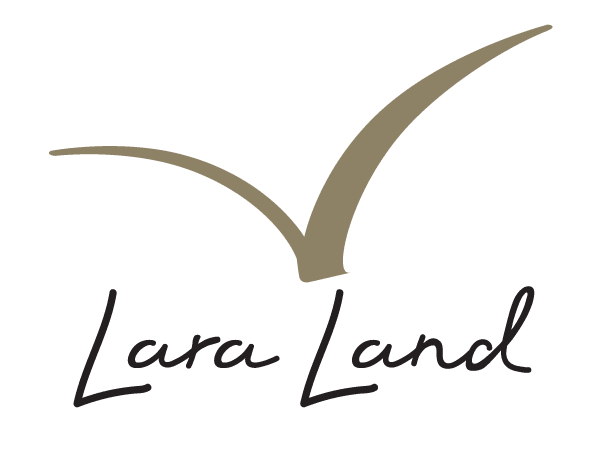In 2011 I opened Land Yoga, a yoga studio in Harlem a historically black community which I was living in. Then a few years later I formed nonprofit Three and a half acres Yoga to help me bring the practice of yoga to folks in the Harlem community who wouldn’t necessarily feel comfortable coming to my yoga studio. We’ve been training yoga teachers in trauma sensitivity and placing them in partnerships all over Harlem, Upper Manhattan, and the Washington D.C. area since 2015. Recently I was invited to Louisville, Kentucky to train yoga teachers there in trauma sensitive yoga and share my experience bringing yoga to trauma survivors. Here’s some of what I had to say at that training:
Very well-meaning white yoga teachers often want to bring yoga to folks they perceive as “under-resourced” and suffering from trauma, aka low-income black-bodied people. They come to me asking how to do so and/or why they don’t get folks turning out for their trauma-sensitive yoga classes when they are offered.
Here are some reasons why and some things you can do about it.
- You are not safe. White women have a long history of and still are causing harm to black bodied people. Trauma sensitive yoga is about reminding people of their agency but there is no experience of agency when one doesn’t first experience safety. You can’t bring a feeling of safety in a white body, maybe ever and definitely without a ton of work.
If black neighborhoods are really where you really want to bring yoga, start first by living in, working in, and serving in those neighborhoods in other ways. Build relationships, prove your consistency and dedication and listen and learn about what’s really needed and how you might be most helpful.
Don’t become a yoga missionary!
- It’s hard to hear as yoga lovers and teachers, but yoga may not be someone’s first or second or third priority. Yes, we know the practice can change lives, but so can job opportunities, access to healthy food, and resources schools. You are not necessarily what’s needed first or at this time, but you may be able to partner with community organizations offering those kind of resources to see how yoga, breath work, meditation and mindfulness practices might help them to achieve their goals and perhaps even keep their team from burn out.
Back the people already doing great work!
If I could go back in time, I’d take this lesson with me because it’s so true and valuable. There are probably folks already offering yoga in the communities you wish to reach. How can you support them? Back them? Throw resources behind them, and learn from them about what is needed. That’s true helping.
- Deal with white trauma. White bodies carry trauma from surviving traumatic events and from participating in the oppression of black and brown bodied people. Consider where in your own white neighborhoods yoga could be a helpful tool for waking people up to the ways they are causing harm. Could you get access to political spaces and decision makers and help them make better decisions? Could you do what we did with Three and a Half Acres yoga and get yoga to the police?
This avenue of using trauma-sensitive yoga to make systematic change, open eyes, and build white folks’ capacity for being in conversation about race, is where yoga is needed. White people need to be bringing the conversation and experience of yoga to a place that helps us release our need for power over, teaches us about security and enoughness, and guides us to share resources so we can all have a more equitable future.
If you are a yoga interested in learning more about how you can do this, check out the next trauma-sensitive yoga teachers training at Three and a Half Acres Yoga where applications are now open. Non teachers can help support our work with any level of donation!


Recent Comments